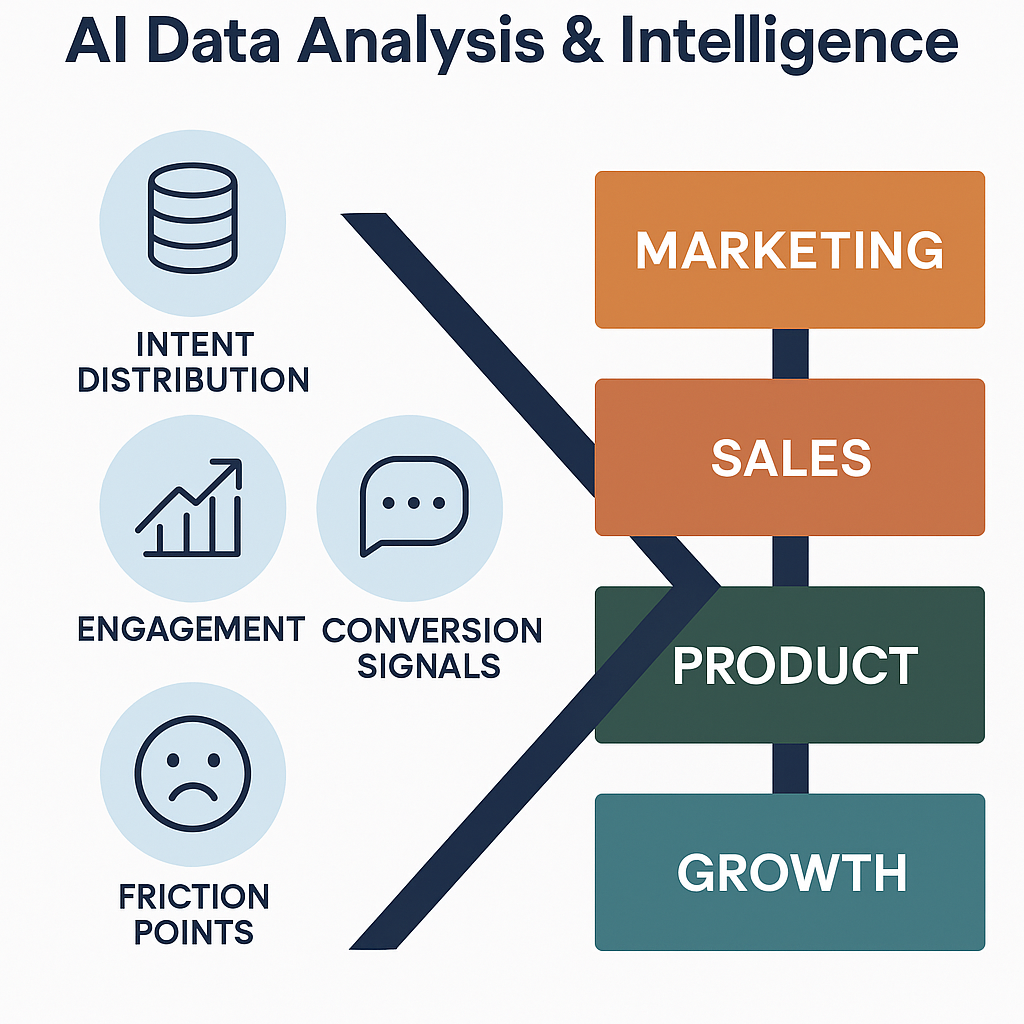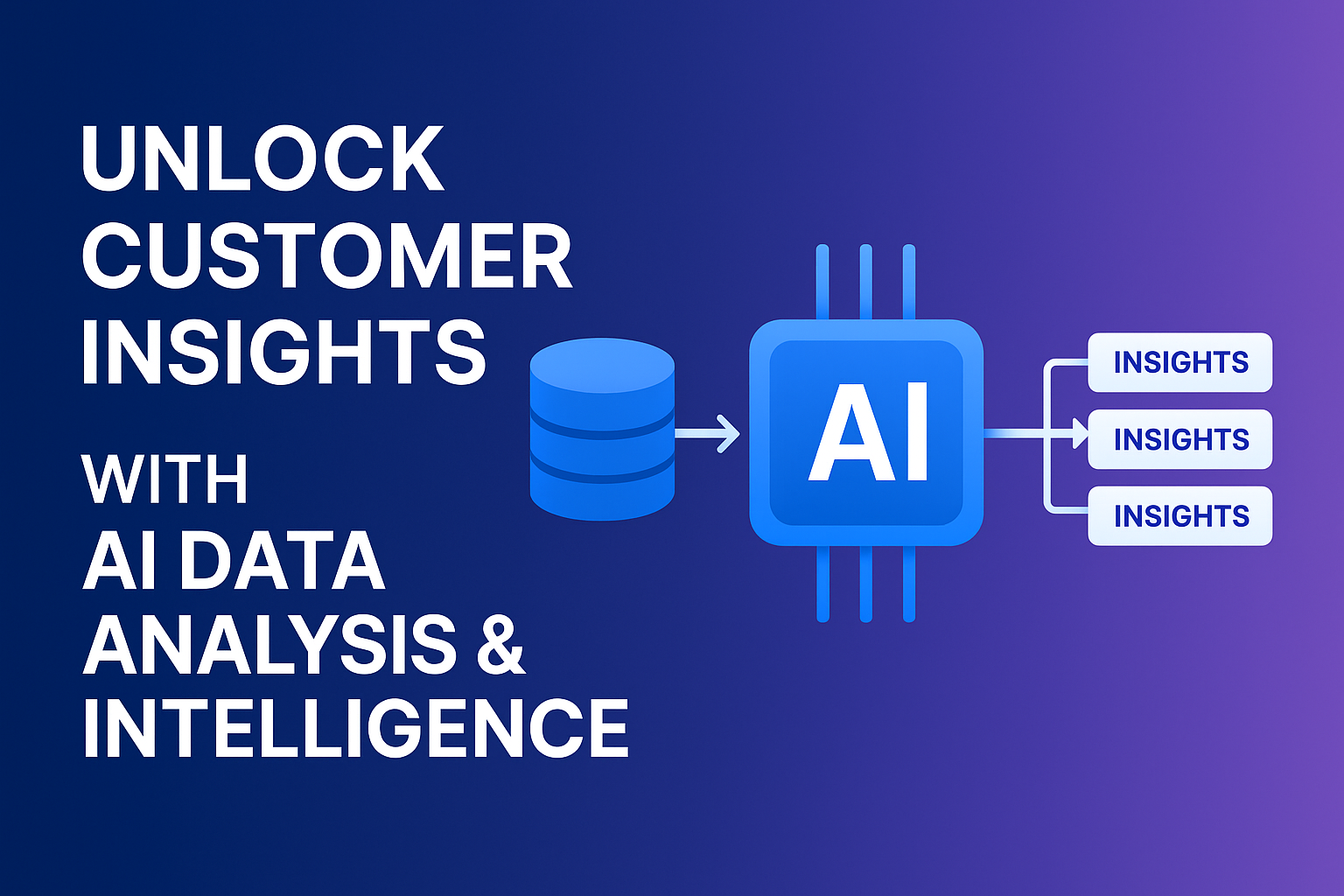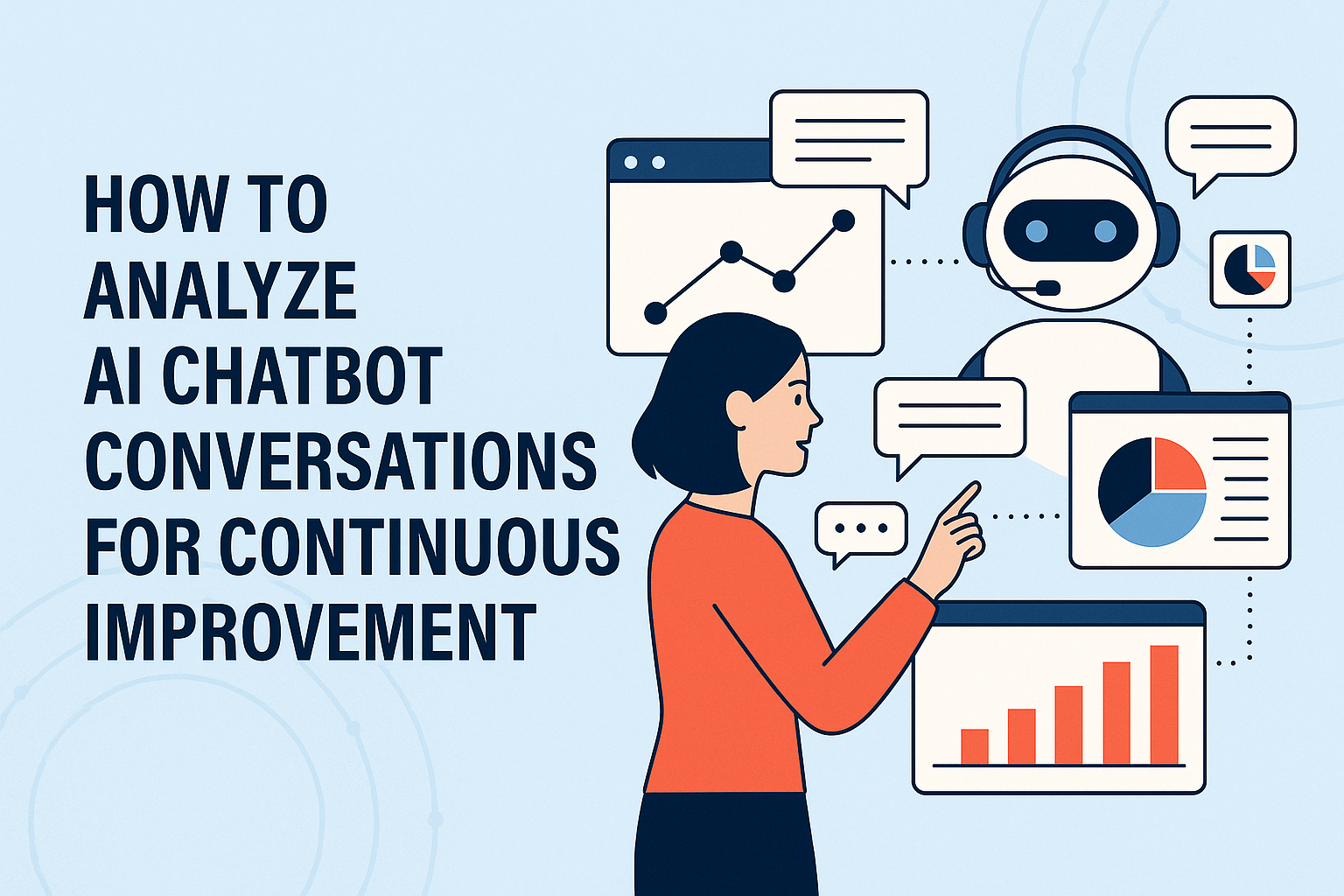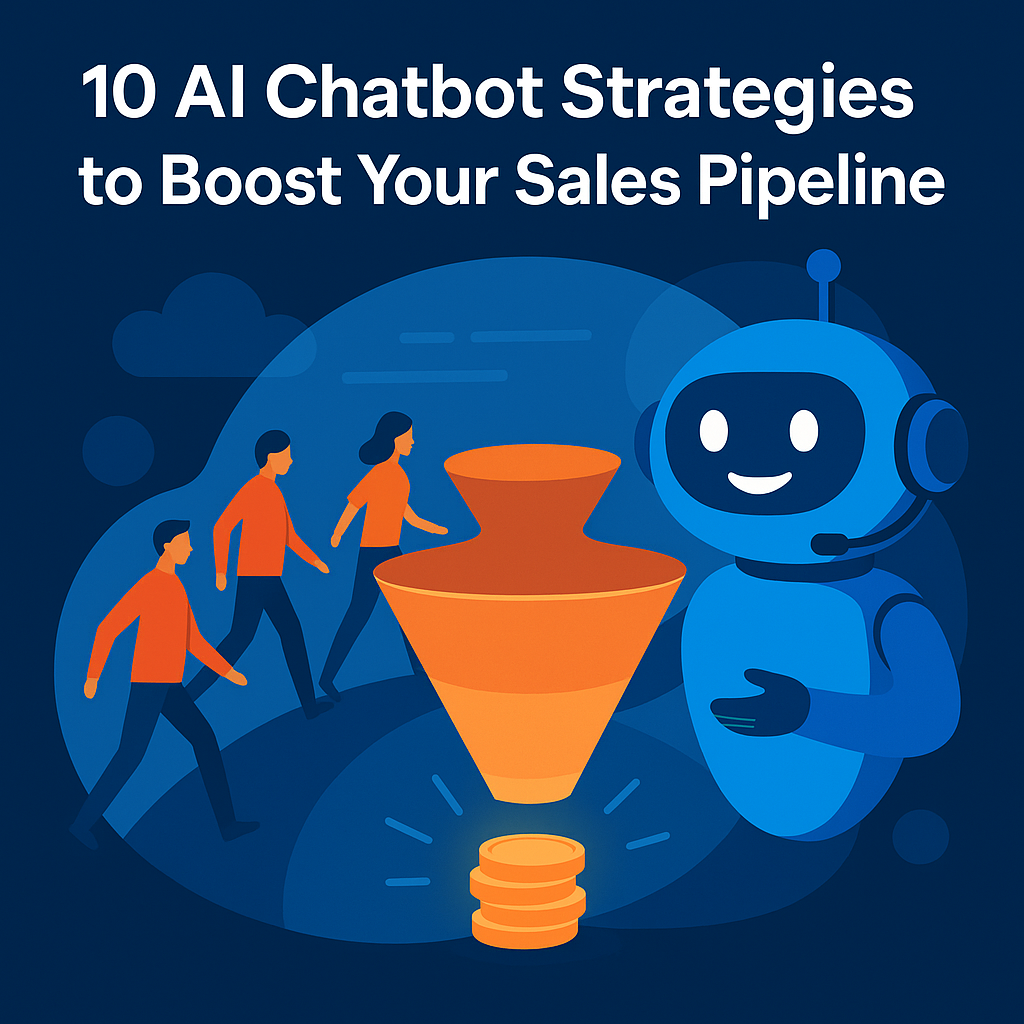Every time a visitor chats with your website bot, they’re giving you free market research. Questions about features, doubts about trials, or requests for support all contain signals about customer intent.
But raw transcripts aren’t enough. Without analysis, this data sits idle. AI-powered conversation analysis turns thousands of unstructured queries into metrics, insights, and recommendations that drive growth across marketing, sales, product, and support.
1. What Conversation Metrics Can Businesses Expect?
From conversation data, AI extracts quantifiable metrics that map directly to business goals:
- Intent Distribution – Which topics dominate? (Setup, Pricing, Free Trial, Features, Support).
- Engagement Volume – How many visitors are actively chatting vs. bouncing?
- Conversion Signals – Questions about free trial, pricing, or demo requests.
- Sentiment Analysis – Positive vs. negative tone, showing satisfaction or frustration.
- Friction Points – Repeated questions on setup or unclear features.
- Churn Indicators – Conversations where users show doubt, confusion, or hesitation.
- Feature Demand Trends – Recurring queries about missing or requested features.
These metrics are not vanity numbers. They’re behavioral data that tells you what customers think, feel, and want in real time.
2. How Businesses Can Use These Insights
🔹 Marketing Decisions
- If 38% of conversations are about setup, emphasize “Easy Setup in Minutes” in ads.
- If 19% are about free trial, promote it boldly on landing pages and retargeting campaigns.
- If visitors ask about analytics and reporting, create thought-leadership blogs/webinars on “data-driven decision-making.”
Outcome: Marketing aligns messaging with what customers actually ask, not assumptions.
🔹 Sales Decisions
- Conversion signals from conversations can be fed to sales teams as warm leads.
- Objection themes (e.g., “Does it integrate with X?”) help sales refine pitches.
- Trial behavior – Who asked about free trials but didn’t convert? Sales can follow up with targeted outreach.
Outcome: Sales teams focus energy where intent is strongest.
🔹 Product & Support Decisions
- Friction hotspots in setup = improve onboarding flows.
- Recurring feature questions = prioritize roadmap items with the highest demand.
- Support-heavy queries = improve documentation, tooltips, or automated guidance.
Outcome: Products evolve in direct response to customer pain points.

How AI conversation analysis transforms raw visitor queries into marketing, sales, and product decisions that fuel growth
3. Real-World Example: SparkAgentAI Visitors
Recent visitor analysis revealed:
- Chatbot Setup (38.46%) was the #1 topic → onboarding materials were improved.
- Free Trial (19.23%) was a strong interest → trial CTAs were highlighted in marketing.
- Business Insights (15.38%) showed demand for reporting → led to creating webinars around analytics.
Result: A smoother funnel from curiosity → trial → adoption.
4. The Competitive Edge
Businesses that analyze conversations have an edge:
- They see intent before it shows in sales numbers.
- They catch churn risks before customers leave.
- They craft campaigns that resonate instantly because they’re built on actual customer language.
Conclusion
Conversation analysis is more than customer support tracking—it’s a strategic growth engine. By extracting metrics from visitor interactions, businesses can sharpen their marketing, accelerate sales, and prioritize product improvements.
The next time a customer asks your chatbot a question, remember: it’s not just support—it’s intelligence. SparkAgent AI turns that intelligence into action.
Frequently Asked Questions
1. What are customer insights in AI data analysis?
Customer insights are patterns extracted from customer interactions that reveal preferences, pain points, and intent. With SparkAgentAI, these insights are automatically captured from website conversations and presented in a dashboard, making it easy for businesses to act on them.
2. What types of metrics can SparkAgentAI provide from conversations?
SparkAgentAI identifies:
- Intent Distribution (setup, pricing, free trial, support, business insights)
- Engagement Volume (how many visitors are interacting)
- Conversion Signals (trial or demo requests)
- Sentiment Analysis (tone of conversations)
- Friction Points (repeated setup or support issues)
- Churn Indicators (hesitations or negative signals)
- Feature Demand Trends (recurring requests)
This turns raw chat data into business intelligence.
3. How does SparkAgentAI help businesses use these insights?
- Marketing: Recommends which campaigns and CTAs to highlight (e.g., free trial promotion).
- Sales: Surfaces warm leads based on trial or pricing questions.
- Product: Flags recurring setup struggles and feature requests.
- Support: Provides insights on where to expand FAQs and tutorials.
4. Why choose SparkAgentAI instead of manual analysis?
Unlike manual methods, SparkAgentAI automates conversation analysis in real time, giving you instant insights and actionable recommendations. It doesn’t just show you what’s happening—it tells you what to do next.
5. Can small businesses benefit from SparkAgentAI?
Yes. SparkAgentAI is designed for SMBs that may not have large data teams. Even with a modest number of chats, SparkAgentAI highlights the top drivers of conversions and churn, so small businesses can focus on what matters most.
6. How does SparkAgentAI’s conversation analysis impact revenue growth?
By analyzing visitor conversations, SparkAgentAI helps businesses:
- Increase conversions by aligning messaging with customer intent.
- Reduce churn by solving friction points before they escalate.
- Improve retention and upsells by doubling down on features customers value most.




